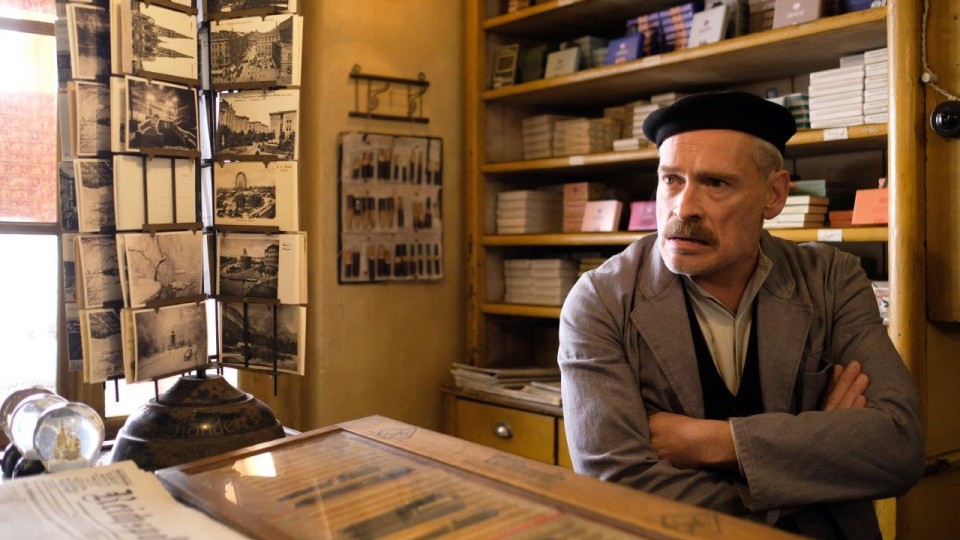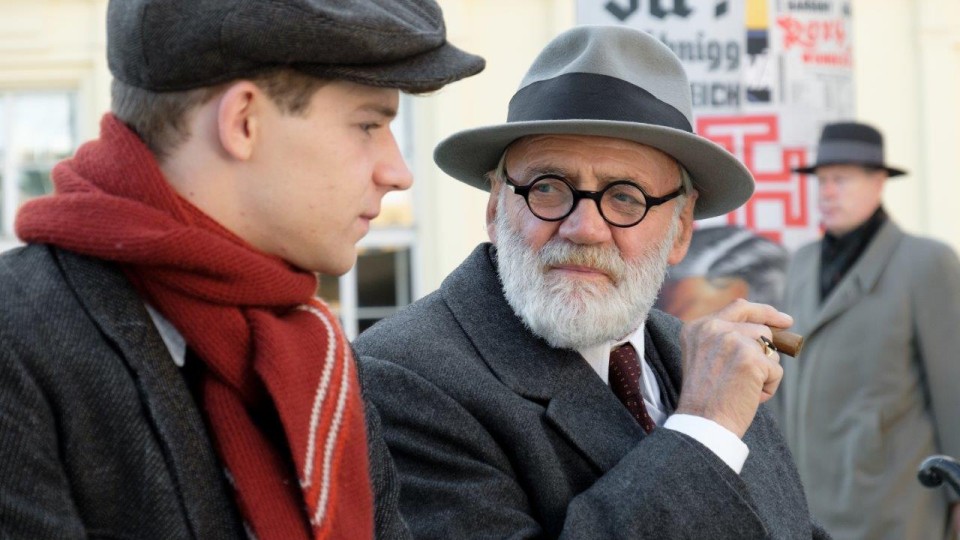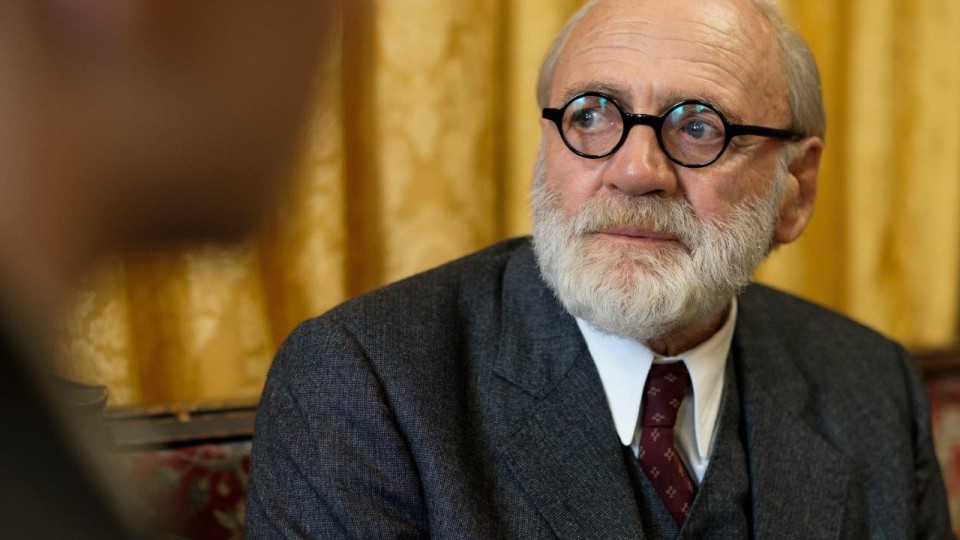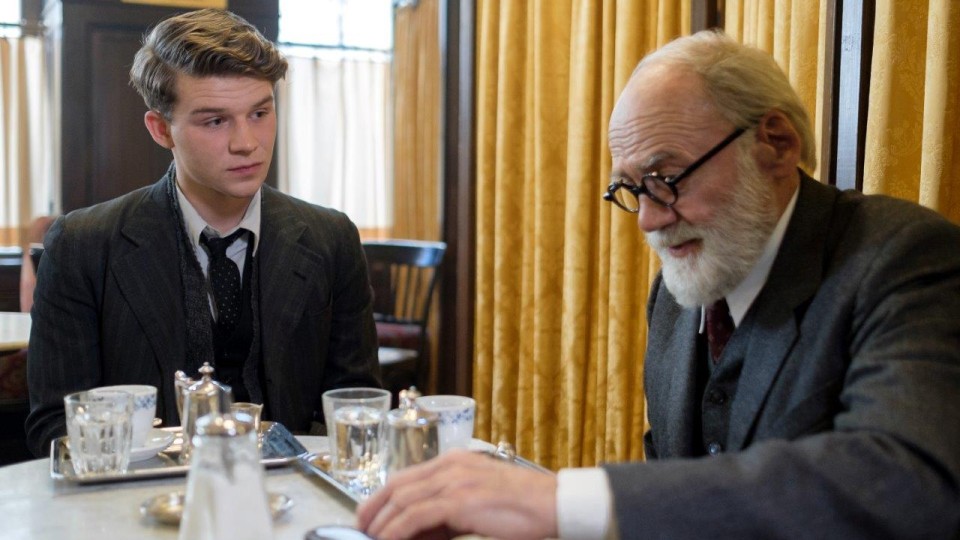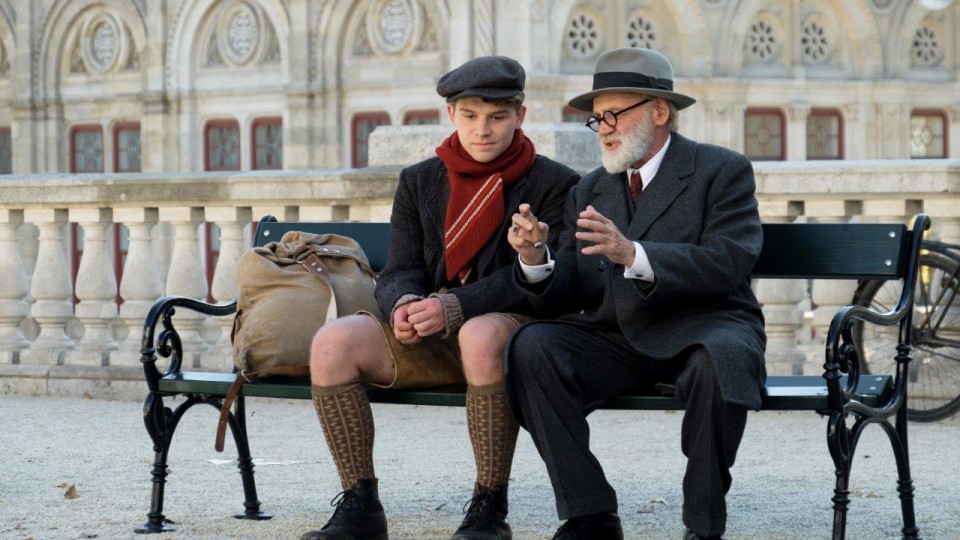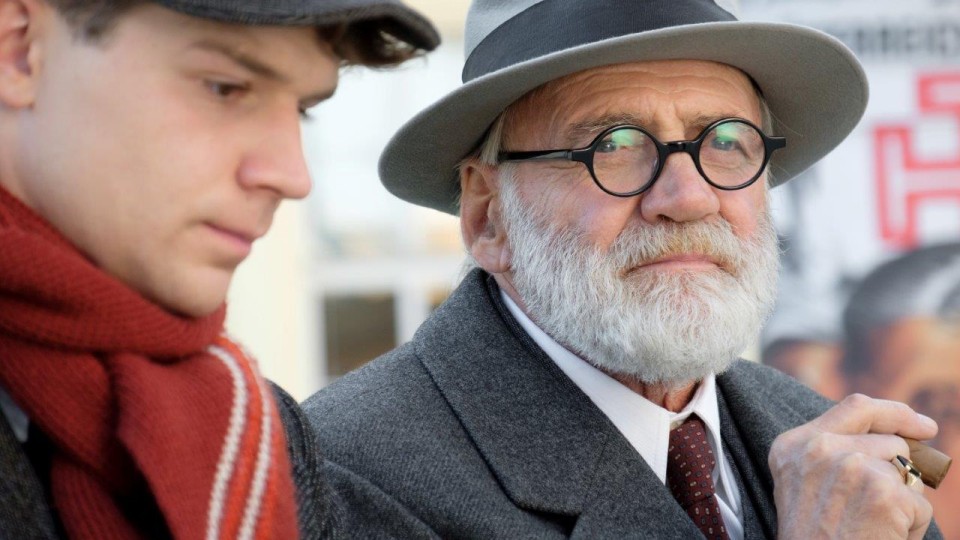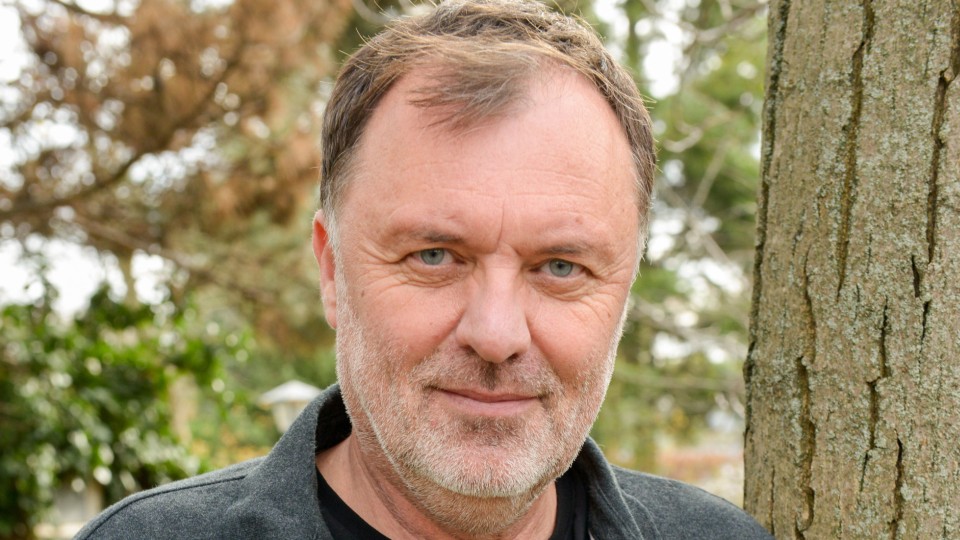Even though the Vienna of Robert Seethaler’s novel The Tobacconist is one where Sigmund Freud still buys his cigars from the little shop round the corner, the barbaric regime of the Nazis
is clearly rearing its ugly head. Only for a brief period is the job of a tobacconist an opportunity for 17-year-old Franz
from Lake Attersee to learn something about the world and gain a basic training in resistance. Nikolaus Leytner has created
a film version of this bestseller about the rapid awakening of a young dreamer, with Simon Morzé in the leading role.
Do you remember the first time you read The Tobacconist?
NIKOLAUS LEYTNER: I'd heard a review of it on the radio, and the day it was published I bought the book; I read it straight away. I immediately
had the feeling that it would be a fine story for a film. Which made me even more delighted when I was asked to do the film
adaptation.
How did the novel strike you so immediately as "a fine story for a film"?
NIKOLAUS LEYTNER: It depicts a period which we have seen quite frequently in the cinema, but in a very different way – from the perspective
of a young lad who arrives in prewar Vienna, curious but completely naive, and experiences the situation in a very subjective
way. The political upheaval is still in the background at the beginning of the story, because he simply hasn’t yet become
aware of it. And he only realizes what’s happening when his immediate environment is affected. On top of that, Robert
Seethaler had the brilliant idea of inventing a friendship between the boy and the world-famous Sigmund Freud, which is not
on record but remains entirely plausible.
The film remains very true to the novel. Is it one of your basic principles that a film adaptation should remain faithful
to the literary text it is based on?
NIKOLAUS LEYTNER: It is always my intention to convey the essential aspect of a novel or play in a film version. As far as the events of the
story are concerned, we did stick very closely to the original. But I also invented several things, such as the way Franz
likes to daydream, and the visualisation of some of his dreams. I regard those elements of the film as ways of making it easier
for me to tell the story from Franz's perspective. It's always a process of leaving some things out and adding others.
By depicting the dreams visually you introduce a decidedly cinematographic note, and you also had to invent the content of
the dreams. How did that come about?
NIKOLAUS LEYTNER: Incorporating the dreams as visual elements seems justified, because writing down his dreams is one of the three tactics
Sigmund Freud suggests when Franz explains that his is lovesick. Of course I also took a close look at Freud's Interpretation of Dreams, even though it actually left me rather sceptical. I didn't really use his principles when I invented the dreams. I adopted
a vaguely associative approach, without feeling the need to comply with Freudian criteria about interpretation. After all,
the intention here was to impose a cinematic emphasis, and for that I utilized elements from Franz's experiences in new contexts.
The Tobacconist is a novel about growing up, about the months when the Nazis seized power in Austria and about Sigmund Freud. How did you
attempt to set priorities – while at the same time maintaining a balance – in the face of these three narrative
strands?
NIKOLAUS LEYTNER: There certainly are several relationship axes in the film. Otto Trsnjek becomes a kind of substitute father for Franz, who
grew up without a father. And in the film I spend more time on the boy's relationship to his mother, by means of the correspondence
with postcards, so we keep on returning to the region Franz comes from, in order to provide an optical counterpoint to the
seething atmosphere in Vienna. His first experience of love is with Anezka, which quite possibly, as Freud correctly diagnoses,
has more to do with his libido than his heart, and on top of that comes the curious friendship with this old man. The narrative
strands are quite closely interwoven. One of the biggest challenges was working with Simon Morzé, who had to undergo the transition
from child to man in a very short period, due to the pressure of the political situation, and become mature enough to –
in Freud's words – send a signal.
Franz, Sigmund Freud und Otto Trsnjek constitute the three characters who carry the film. What were the core aspects of the
other two figures which had to be worked out?
NIKOLAUS LEYTNER: It's always a matter of relationships based on mutual exchange. Otto Trsnjek is on one hand the mentor who teaches Franz
the business of being a tobacconist, while on the other hand he is also his paternal friend. The friendship with Sigmund Freud
is a claim which I consider very easy to imagine. I did some research into this period in Freud's life, although we never
had the intention of making the film anything like a biopic. I wanted to know what kind of person he was at that age. Even
though it he was in his early 80s, he was still fully engaged in his professional work, while at the same time suffering badly
from his advanced cancer of the jaw. I can well imagine that somebody who is courted by the entire world could react like
that when he encounters such an open, straightforward person, and that he would also enjoy not having to be the world-famous
"inventor of psychoanalysis" for once. Freud also naturally represents an old world order which is in the process of disappearing.
With their marginal positions, the female characters exist in particularly precarious living conditions. How do you regard
the female characters?
NIKOLAUS LEYTNER: Actually, when we were raising finance for the film we received one refusal on the basis of the depiction of women in the
story. Franz's mother, who has brought her son up by herself, is prepared to provide sexual services to a local businessman
in return for a monthly income, and in the case of Anezka there’s no doubt that she comes down on whichever side provides
her with the best material – and later political – chances for survival. Neither of them had any choice. I see Franz's
mother as a strong woman who gives a lot of thought to what would be best for her son; she doesn't force him to perform hard
work, like other boys of his age, but sends him to the big city (although this clearly wasn't an easy decision for her) in
the hope of helping him find a better future. It seems to me that with just a few brushstrokes these two subsidiary female
figures have become very interesting characters.
A great deal of the action takes place inside the tobacconist’s shop. This small space, which offers something to everybody
– from schoolchildren to Communists, and including the professor – is one of Robert Seethaler's little worlds which
he creates in order to depict the major events outside. How did this world take shape in the film?
NIKOLAUS LEYTNER: The tobacconist’s shop certainly is a microcosm where Robert Seethaler has all his characters leave traces of themselves.
When a film is financed the money has to be spent in the regions where the financing originates. So we constructed the tobacconist’s
shop and the city around it in the Bavaria Studios in Munich, and we located Lake Attersee at two mountain lakes in South
Tyrol. Naturally the shop had to be much bigger than it looks, to enable us to film inside it. It was exciting to construct
a whole world, and in the film of course it represents a little resistance cell within a world which undergoes immense changes
and finally comes to an end, together with its protagonists.
The novel has sold over 500,000 copies in the original German version. When you're making a film adaptation is the knowledge
that you're dealing with a bestseller a burden or a stimulus?
NIKOLAUS LEYTNER: It's a challenge which is both a burden and a stimulus at the same time. You're bound to contradict the images that a lot
of readers have in their heads. And you have to free yourself from those expectations, otherwise they would paralyze you.
Klaus Richter performed the initial step by filtering the plot of the book for the film. He wrote the first screenplay. Unfortunately
he then died. I revised his versions considerably in two phases. The first time I read the novel it was as a completely normal
reader, without any baggage, and I simply had a feeling for the story. It was only much later, when I knew that I had to create
a version of the screenplay myself, that I read it again. But I deliberately restricted myself to reading the book no more
than twice, because I wanted to retain the first impression I had of the work. I find the most apt description for my profession
is in French, with the word "réalisateur". I have to combine things from my head with my experience as a reader and elements
of the actual world and create a reality.
Interview: Karin Schiefer
October 2018
Translation: Charles Osborne

